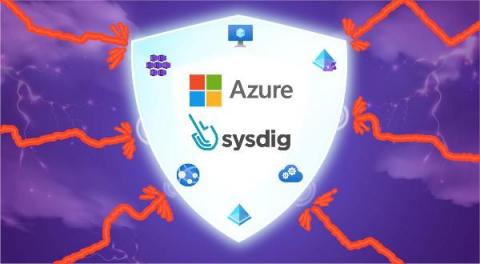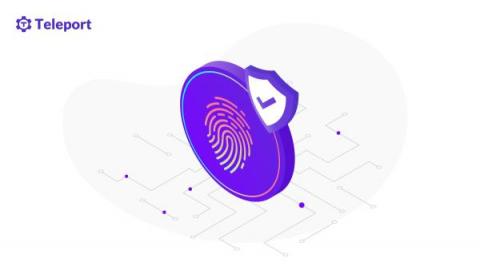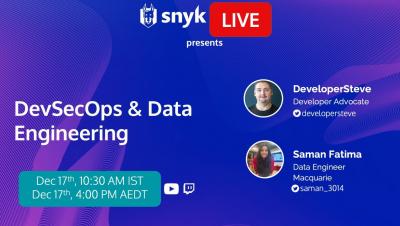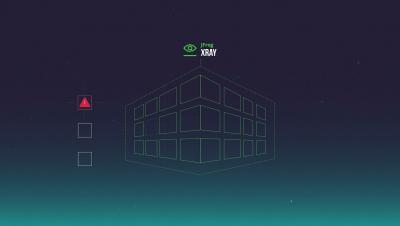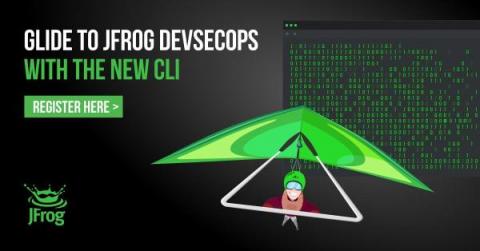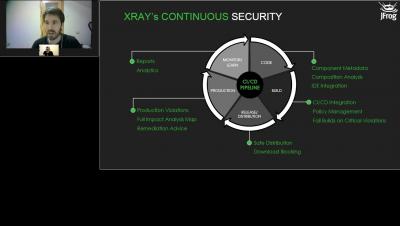What SecOps Teams Can Expect in 2022
Traditionally, most organizations have had siloed departments wherein teams’ activities are highly separated and the objectives within organizational structures are divided. This operational methodology has brought about friction – especially within the IT department, where developers and ITOps lack collaboration.




